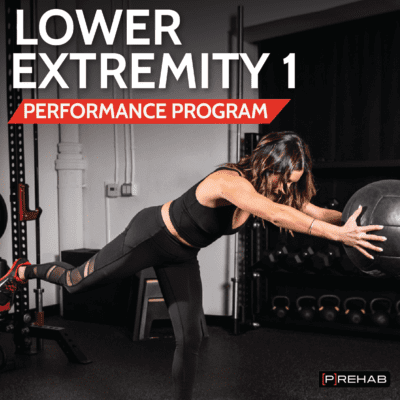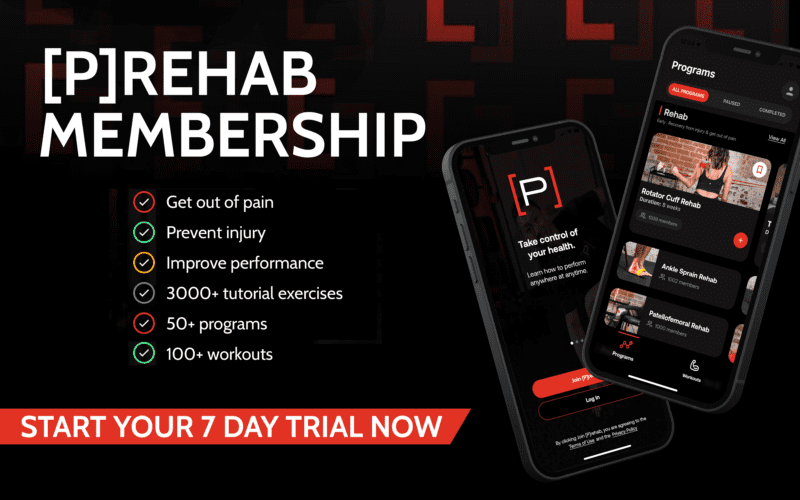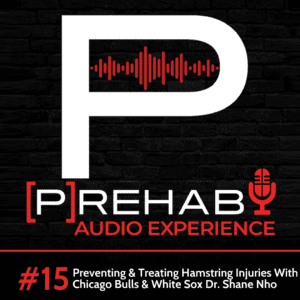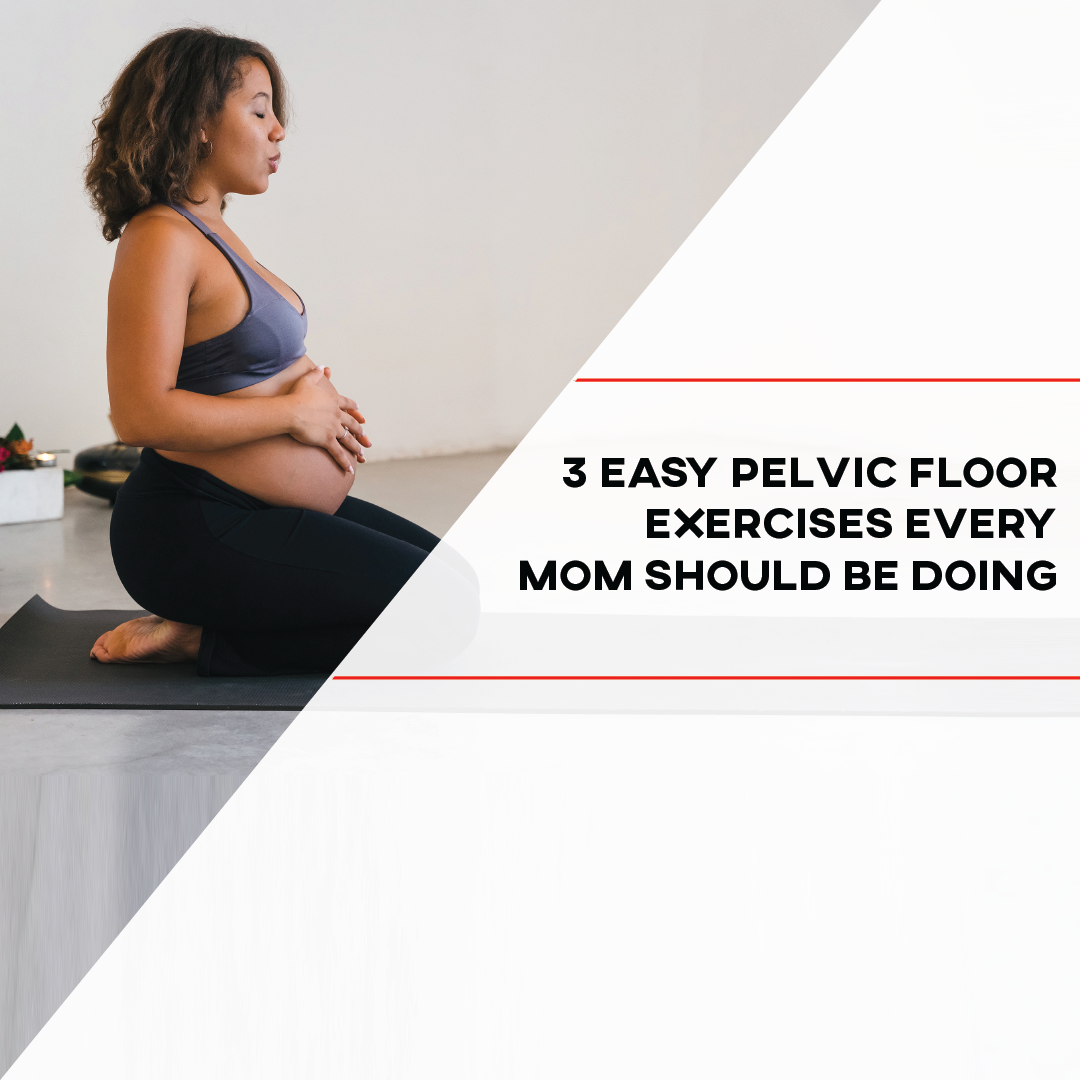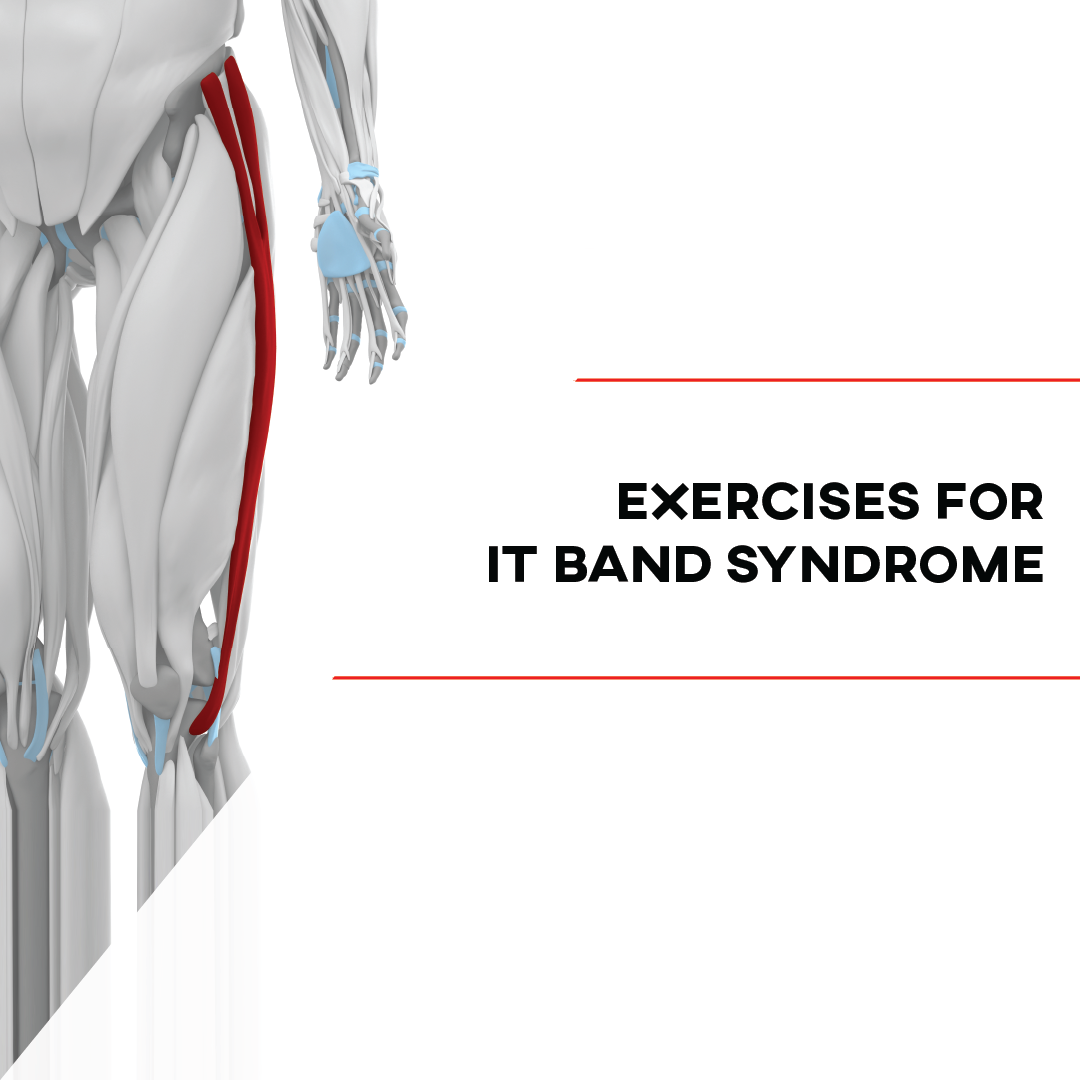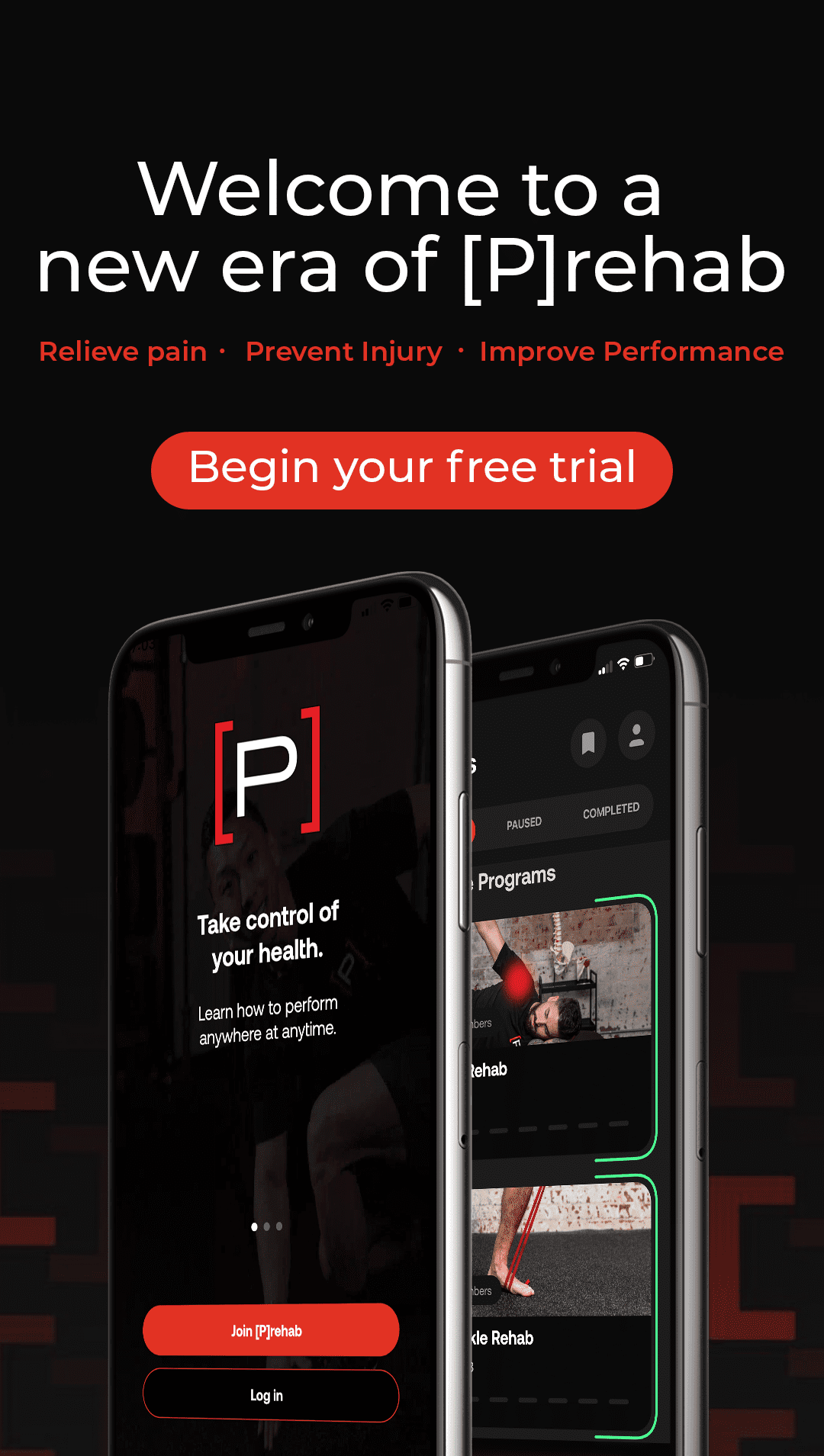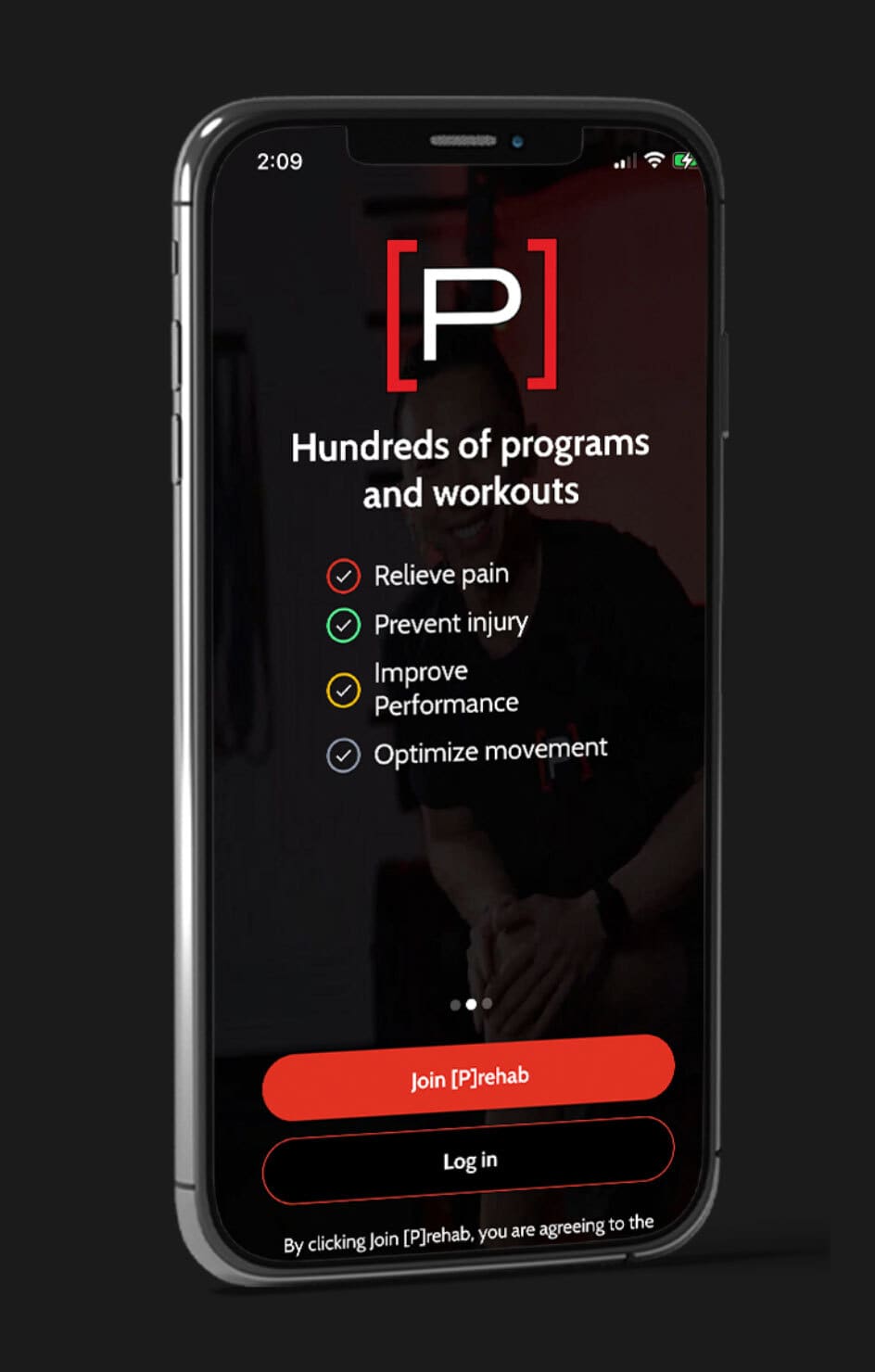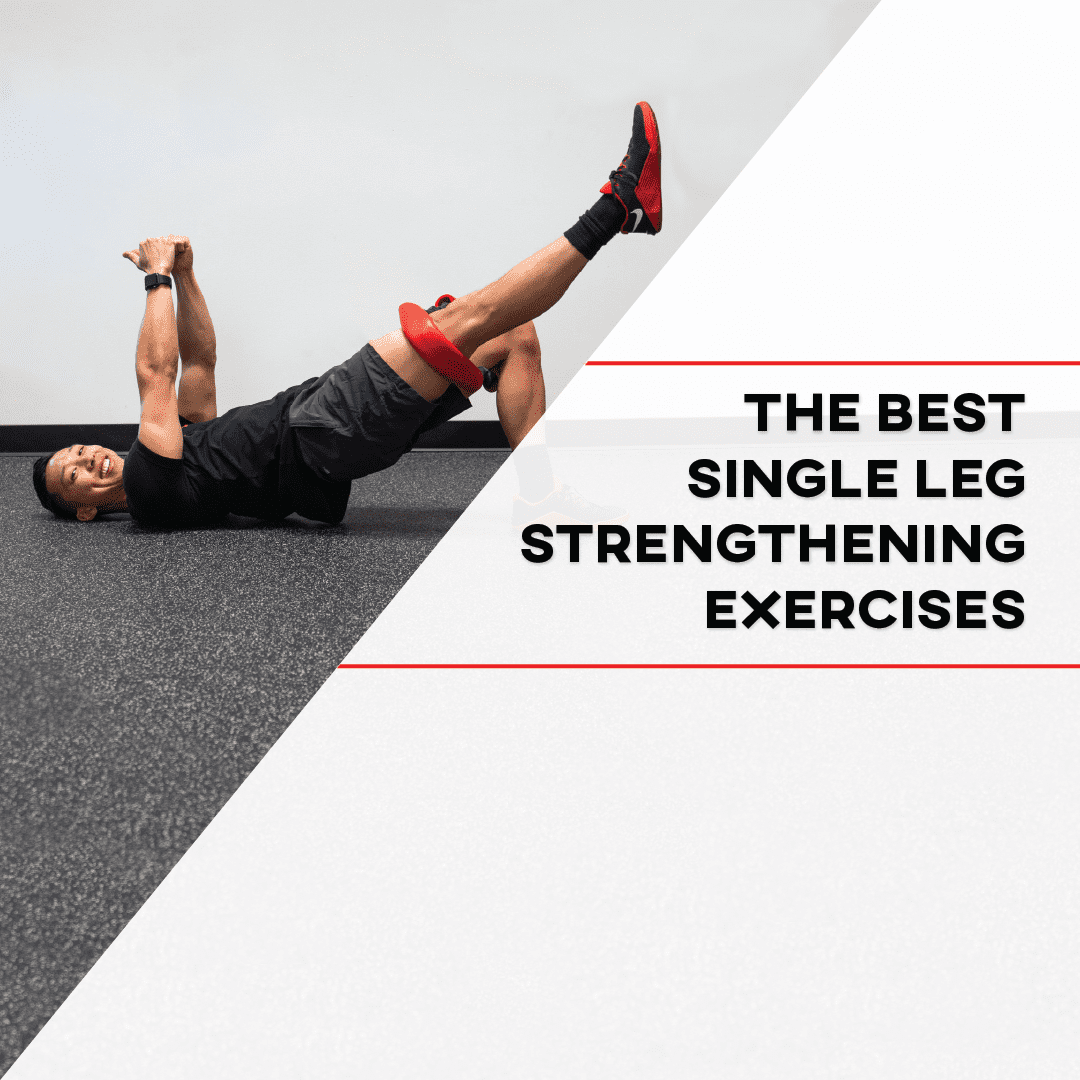
Single leg strengthening exercises are truly functional. Yes, I said the F-word. Single leg strengthening exercises are functional because they help with making activities of daily living easier, can improve athletic performance, can help with longstanding aches and pains, and can even reduce the risk of injury. It is essential to incorporate single leg strengthening exercises into your training regime, as it reinforces the principles of [P]Rehab. The best single leg strengthening exercises challenge stability, strength, and motor control all in three planes of motion, which truly helps to balance the body from a side-to-side perspective. In this article, you will learn our go-to single leg strengthening exercises that everyone can benefit from!
Why Are Single Leg Strengthening Exercises Important?
Watch this video to learn more about why single leg strength matters in regards to daily life, recreational activities, sports, and preventive medicine. Also, do side-to-side asymmetries matter? YES, but it depends! Listen in to learn more about our take on it.
Dominate Single Leg Exercises And More With Our Lower Extremity Performance Program
Our Favorite Single Leg Strengthening Exercises
Below you will find some of our favorite movements that we prescribe in a single leg fashion. There are multiple reasons why we choose these exercises, be sure to watch the video, read the explanation, and pick a few to add to your workout routine!
Chaos Rearfoot Elevated Split Squat (RFESS)
This exercise is one of my favorite single leg strengthening exercises for so many reasons. The rear foot elevated split squat (RFESS), also referred to as the Bulgarian split squat, challenges strength as well as stability. In order to have success with this exercise, the individual has to maintain knee, hip, and pelvic stability. I will even use this exercise for individuals that need to work on arch stability.
The band adds another dimension of instability to the exercise. It is important to cue the individual performing this exercise to aim for 90% of their weight on their front leg. I also like the band as the rear foot/leg can lower, which puts fewer mobility constraints on this variation. In this video you see it performed with blood flow restriction training (BFRT), which is no joke!
Learn The 3 Best Gluteus Medius Exercises Supported By Research!
Linear Load And Lift
Taught to us by Team EXOS, this exercise helps to bridge the gap between double leg and single leg exercises as well as non-impact and impact exercises. Every single one of our patients or clients that wants to get back to running, jumping, and playing sports will perform this exercise. Why? It trains triple extension.
Triple extension refers to relative extension throughout the lower limb. Thus the foot, knee, and hip are in relative extension. This is the opposite of triple flexion, which you can appreciate when I lower myself down towards the ground. Teaching triple extension helps with the force and power output. However, don’t be fooled that force and power output only help athletes. Using this exercise with anyone can help make activities of daily living easier, such as getting up from the ground or a low chair.
READ: HOW TO TURN ON YOUR GLUTES – FACT OR FICTION?
Must Perform Single Leg Strengthening Exercises: Proper Step Up/Down
Step ups and step downs are both amazing exercises for prehab and rehab purposes alike. But in order to truly maximize your gains with single leg strengthening exercises in the gym or clinic, you need to perform them correctly! Yes, stepping up and down off an extremely tall box looks impressive and all, but can you actually control it? Unless your goal is to get some cardio, you need to really focus on form and control in the step up and down.
Firstly, don’t blaze through it; focus on an extremely slow and controlled descent (eccentric control). Your knee should never collapse and be medial to the ankle. You should feel the burn in your glutes and quads as you try and stabilize your pelvis during the descent. Developing eccentric control is crucial with single leg strengthening exercises. Secondly, only use a box height that you can control. You should be able to control the descent throughout the entire range of motion. Most of the time, you’ll find that you can control the descent initially, but as the quad demand increases (as knee flexion angle increases), you’ll lose control of the descent. If you can’t control the end range of the descent, you’re using a box that is too high! Finally, don’t cheat and push off with the opposite leg! The leg on the box should be doing all of the work, both raising (concentric) and lowering (eccentric). Don’t push off the ground with that back leg!
Swiss Ball Switch-up
Kudos to my wife for this exercise! This is a real leg burner. There is nothing like combining the two movements of a hip hinge and knee dominant squat. When it comes to leg strengthening exercises, the two most important movements are push and pull. The hip hinge and the knee domina7nt squat cover both. The addition of the swiss ball adds another dimension of instability to the exercise, thus requiring more effort by the individual!
Must Perform Single Leg Strengthening Exercises: Multi-Directional Lunges
Multi-directional lunges are an amazing way to add movement in multiple planes. It is a bit different then the other single leg strengthening exercises as both feet are in contact with the ground. However, it is important to cue the individual performing the exercise to have ideally 90% of their weight on the leg that is not moving with the slider. Adding the different planes of movement will provide the opportunity for movement variability between hip and knee dominant strategies.
The Prehab membership is the anti-barrier solution to keeping your body healthy. Access state-of-the-art physical therapy, fitness programs, and workouts online in the comforts of your own home or gym! Taking control of your health with exercise & education from the palm of your hand has never been easier. Get access to 50+ programs, 100+ unique workouts, and 3000+ exercises to build your own workout routines. Trial it for free, and learn how to get out of pain, avoid injury, and optimize your health with [P]rehab!
Foam Roll Assisted RDL
The RDL is a staple among great training programs. However, it is easy to screw up the RDL. Here is a true foolproof version of the RDL. Many of you have asked how to maintain better balance with the single leg RDL and here’s your answer. One of the biggest mistakes people make when performing a single leg RDL is losing hip control and letting the pelvis rotate. I cannot tell you the number of times I’ve seen people performing a single leg RDL (happy they are doing it) but with improper pelvic control! You must aspire to keep your hips and pelvis level (flat) when performing the single leg RDL. Far too often when people descend in the single leg RDL, they will let their hips turn outward. You can see this if the hips of the back leg (in this example my right leg) elevate higher than my left hip. This is a sign of a lack of hip/pelvis neuromuscular control and/or hip weakness. You’re missing out on some serious hamstring gains if you perform the RDL incorrectly!
LISTEN: PREVENTING AND TREATING HAMSTRING STRAINS WITH DR. SHANE NHO
To fix this, a coaching cue I like to use first is to tell the individual to “keep the back foot pointed down towards their stance leg”. This encourages the individual to keep the hips neutral, as letting the foot point outwards to the side is indicative of a loss of pelvis control. Wherever your foot goes your pelvis will follow, and vice versa. A second great manual cue can be accomplished with a foam roller. The foam roller essentially connects your hand to your foot. By bringing your arm directly in a straight line back, it forces your foot to follow in a similar bath, directly back, in addition to keeping the foot pointed down.
Single Leg Strengthening Exercise To Get Back To Running
We see a lot of ACLr patients and this is a prerequisite exercise in my book for ACLr people prior to running. However, this is at the top of the list of single leg strengthening exercises for any individual that wants to get back or into running!
The thought of hopping, jumping, and landing on your leg for whatever reason it may be (injury, surgery, it has been a long time) may feel like a daunting task. More importantly, you may be wondering how do you do this safely for the first time? Here is a great exercise to build confidence to work towards running again. If you don’t have an adjustable table, that is ok. You can use anything to off-weight your other leg or use upper body support!
Single Leg Strengthening Exercises too much for you? Try These…
Sometimes double leg exercises are too easy whereas single leg strengthening exercises are too challenging. So what do you do? Below we have a couple of suggestions to help bridge the gap for you!
Suitcase Lifts And Staggered Box Squats
The suitcase lift and staggered box squat variations are my go-to exercises for someone that tries single leg strengthening exercises but compensates too much. Try programming these for a couple of weeks and you’ll be pleasantly surprised with some gains!
Closing Thoughts
Single leg strengthening exercises are non-negotiables when it comes to having strong, balance legs. If you’re looking for more guidance with single leg strengthening exercises, we recommend checking out our Lower Extremity Performance Program!
Enhance Your Lower Body Performance
About The Author
Craig Lindell, PT, DPT, CSCS
[P]rehab Co-Founder & Chief Content Officer

Disclaimer – The content here is designed for information & education purposes only and is not intended for medical advice.




